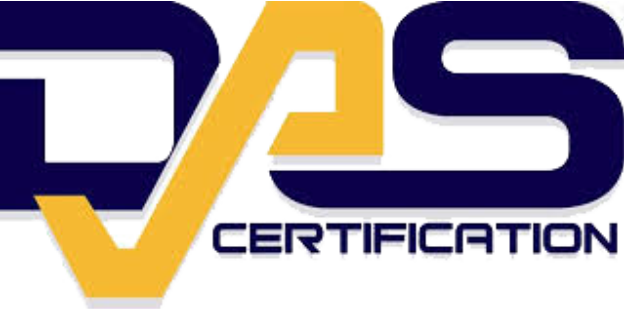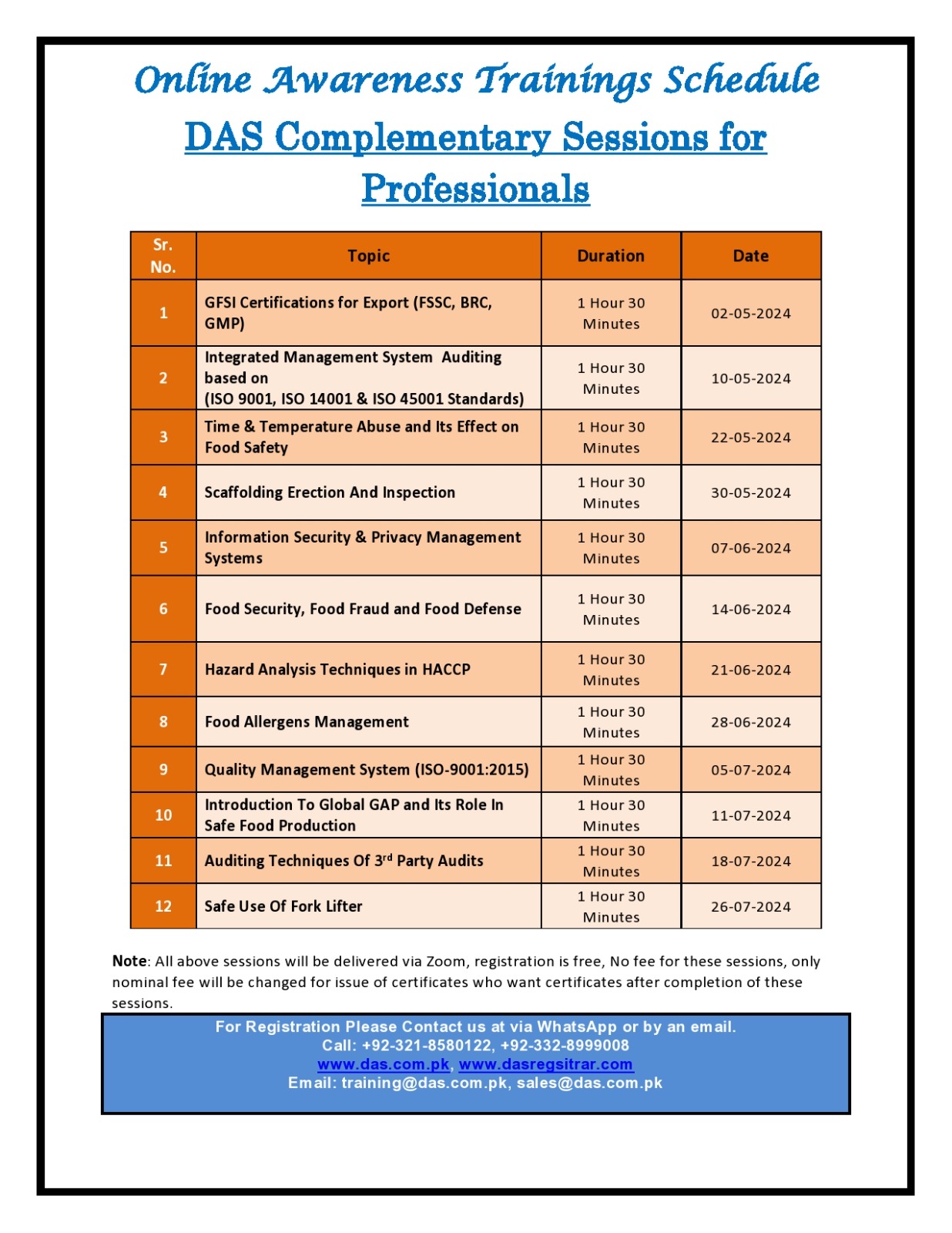What is ISO 31000:2018 Risk Management – Guidelines?
ISO 31000:2018 is a generic risk management standard. It was developed by ISO Technical Committee 262, Risk Management. The official name of the standard is ISO 31000:2018 Risk Management Guidelines
It was published in February 2018 and is the second ISO standard edition. It cancels and replaces the ISO 31000:2009, which is now obsolete. In addition, it was updated to streamline the content and respond to changing stakeholders and expectations.
ISO 31000 is the International-level standard that specifies certain guidelines and practices for businesses to follow in their risk management system. It provides a comprehensive approach to managing risk in every business area, including financial loss, data breaches, intellectual property loss, safety risks, etc.
Removing uncertainties in business is essential to promote growth and efficiency. This international standard for risk management lays down detailed regulations and principles for businesses to manage and mitigate business risks, enhancing the value of their output.
- ISO 31000 standard provides principles, a framework, and a process for managing risk.
- It can be used by any organization regardless of its size, activity, or sector.
- Using this standard can help organizations increase the likelihood of achieving objectives, improve the identification of opportunities & threats, and allocate & use resources for risk treatment.
- However, It cannot be used for certification purposes and does not guide internal or external audit programs.
- Organizations using it can compare their risk management with an Internationally recognized benchmark, providing sound principles for effective management and corporate governance.
- ISO 31000:2018 – Principles and Guidelines on Implementation.
- ISO/IEC 31010:2009 – Risk Management – Risk Assessment Techniques.
- ISO Guide 73:2009 – Risk Management – Vocabulary.
- Avoid risk by deciding not to start/continue with the activity that leads to risk.
- Accepting or increasing the risk to pursue an opportunity.
- Removing the risk source.
- Changing the likelihood.
- Changing the consequences.
- Sharing the risk with another party or parties (including contracts and risk financing).
- Retaining the risk by informed decision.
- Proactively improve operational efficiency and governance.
- Build stakeholder confidence in your use of risk techniques.
- Apply management system controls to risk analysis to maintain resilience.
- Respond to change effectively and protect your business as you grow.
1). Principles – Value Creation & Protection
Integrated – Risk Management is an integral part of all organizational activities.
A Structured and Comprehensive Approach – to risk management contributes to consistent and comparable results.
Customized – The risk management framework and process are customized and proportionate to the organization’s external and internal context related to its objectives.
Inclusive – The risk management framework and process are customized and proportionate to the organization’s external and internal context related to its objectives.
Dynamic – Risks can emerge, change or disappear as an organization’s external and internal context changes. Risk management anticipates, detects, acknowledges, and responds promptly to those changes and events.
Best Available Information – The inputs to risk management are based on historical and current information and future expectations. Risk management explicitly considers any limitations and uncertainties accosted with such information as timely, clear, and available to relevant stakeholders.
Human and Cultural Factors – Human behavior and culture significantly influence all aspects of risk management at each level and stage.
Continual Improvement – Risk Management is continually improved through learning and experience.
2). Framework – Leadership & Commitment
Integrating RM into activities – Customization of Processes, Policy, and Organizational Structure- demonstrates leadership commitment.
- Organization Structure and context, Internal and External relationships, processes, and practices. RM accountability in the organization. RM is part of the organization’s purpose, process, culture, and objectives.
- Consider the organization’s external and internal context. Articulate RM Commitment… Assigning organizational roles, authorities, and responsibilities, allocating resources, and Establishing communication and consultation.
- Develop an appropriate plan, including time and resources. Identify decision-making touchpoints in different processes—engagement and awareness of stakeholders. Make RM part of all activities throughout the organization.
- Periodically measure RM framework -purpose, implementation plans, indicators, and expected behavior. Suitable to support achieving business and RM objectives.
- Continually Monitor and adapt the RM framework. Continually improve the suitability, adequacy, and effectiveness of the RM framework. Identify improvement opportunities and develop plans and assign tasks for implementation.
3). Process Approach to Risk Management
The approach to managing risks in the business with the ISO-Compliant risk management system goes as follows:
- Active communication and consultation with the members of a business regarding implementing the risk management system.
- Process execution, such as implementing and operating the system.
- Risk identification.
- Risk Analysis.
- Risk prevention.
- Risk mitigation.
- Regular monitoring and reviewing.
The indispensable elements of a certified ISO 31000 risk management system 31000 include the following steps.
1). Policy and Risk Governance
The organization needs to form a responsive risk management policy that reflects a commitment to the stakeholders based on the development of the risk management system.
2). Framework Design
The risk management system will be designed, developed, and aligned with the policy after accessing the potential risks of the business.
3). Implementation
The senior management of the business needs to support the implementation of the formulated risk management framework.
4). Monitoring and Review
Management should monitor and check the system’s compliance with the ISO 31000 standard.
5). Continual Improvement
The system should be reviewed and audited regularly to identify inconsistencies and improve.
Health & Safety
Identification of employees and visitors visiting offices/plants suffering from infectious disease.
Economic
- Revenue loss because of prolonged lockdown because of a pandemic.
- Fluctuation in cost of critical material or service because of lockdown because of a pandemic.
- Fluctuation in cost of critical material or service because of lockdown.
Treasury
- Cash flow challenges due to breakdown of sales & Collection cycle because of prolonged lockdown.
Supply Chain
- Non-Availability of raw material of critical components due to lockdown.
Operational
- Challenges because of physical distancing during the pandemic-related lockdown.
Information Security
- InfoSec challenges because of the large workforce accessing IT Infrastructure and documents while working from home.
Human Resource
- Increased absenteeism or non-availability of skilled workmen after the opening of a long lockdown.
- Succession plan for a key executive position in case of any difficulty.
Understanding the risks and managing them appropriately will
- Enhance your organization’s ability to make better decisions.
- Safeguard your assets.
- Enhance your ability to provide quality products and services.
- Improve the likelihood of achieving your goals and objectives.
- And customers can be confident they will receive the expected product or service.
At DAS Pakistan our main aim is to bring your success, and we leave no stone unturned to ensure your success. We will accompany you on your journey to achieving accreditation right from the beginning. First, let us provide you with an outline of our work process:
Once you have chosen the DAS Pakistan our experts will schedule meetings and interviews to understand your organization’s nature, operations, and requirements. Having this data in place, they will develop practical and customized quality documentation that meets all the ISO 31000.
If you already have an existing process, our expert team will find out whether this process meets the requirements relevant to the ISO 31000 standard or not. If your process is not lined up with the requirements, our experts will guide you to comply with the standard and, where possible, increase the efficiency of your existing system.
Once we are sure that all the requirements are fulfilled, and there are no more loopholes or nonconformities within the system, we will ask you to appoint third-party external assessors to conduct the assessment. Once you pass the assessment, you will be accredited to ISO 31000.

